The Vittoriano: Italy’s Monumental Tribute to Unity and Legacy
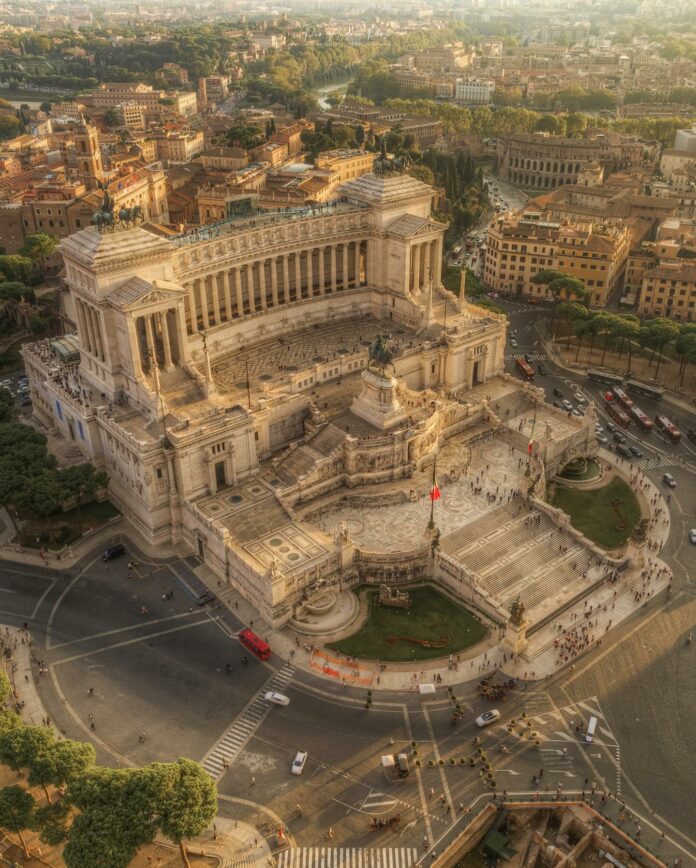
Italy, renowned for its rich tapestry of historical and architectural wonders, boasts an impressive array of ancient and medieval structures. Among these, the Vittoriano, also known as the Altare della Patria, stands out as a modern marvel. Built to honor Victor Emmanuel II, the first king of unified Italy, this grand monument is a testament to the nation’s journey towards unity and the legacy of its revered leader. Situated near Rome’s historic Forum complex and the Capitoline Hill, the Vittoriano symbolizes the spirit of unification that marked Italy’s transformation in the 19th century.
The Genesis of Vittoriano
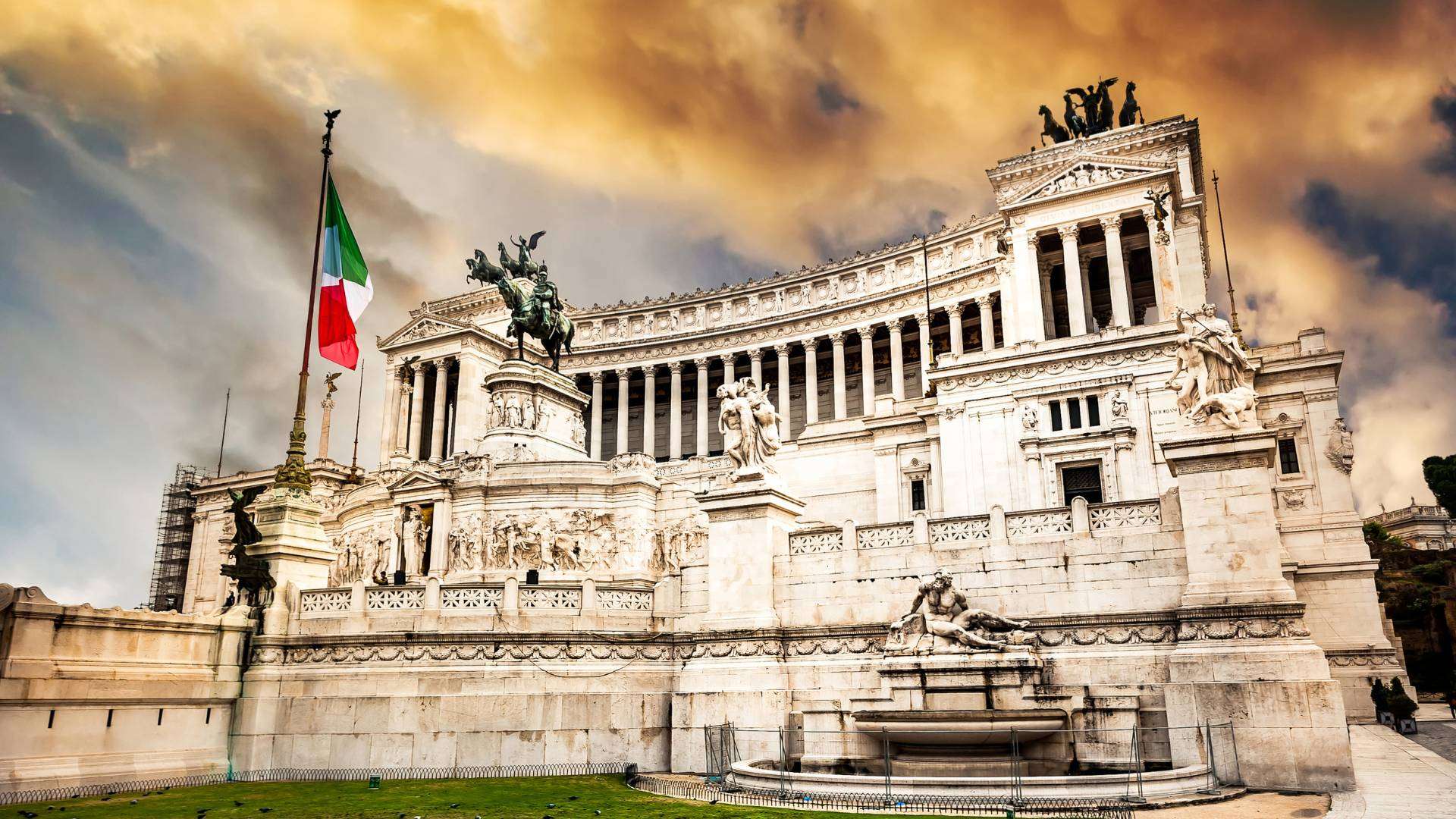
The story of the Vittoriano is deeply intertwined with the unification of Italy, which took place in the late 19th century. Prior to this period, the Italian peninsula was divided into several independent states, each governed autonomously despite their shared ancestry. These included the Kingdom of Naples, the Papal States, the Kingdom of Piedmont, and the Kingdom of the Two Sicilies. The movement towards unification gained momentum through the efforts of influential figures who championed the cause of a unified Italy.
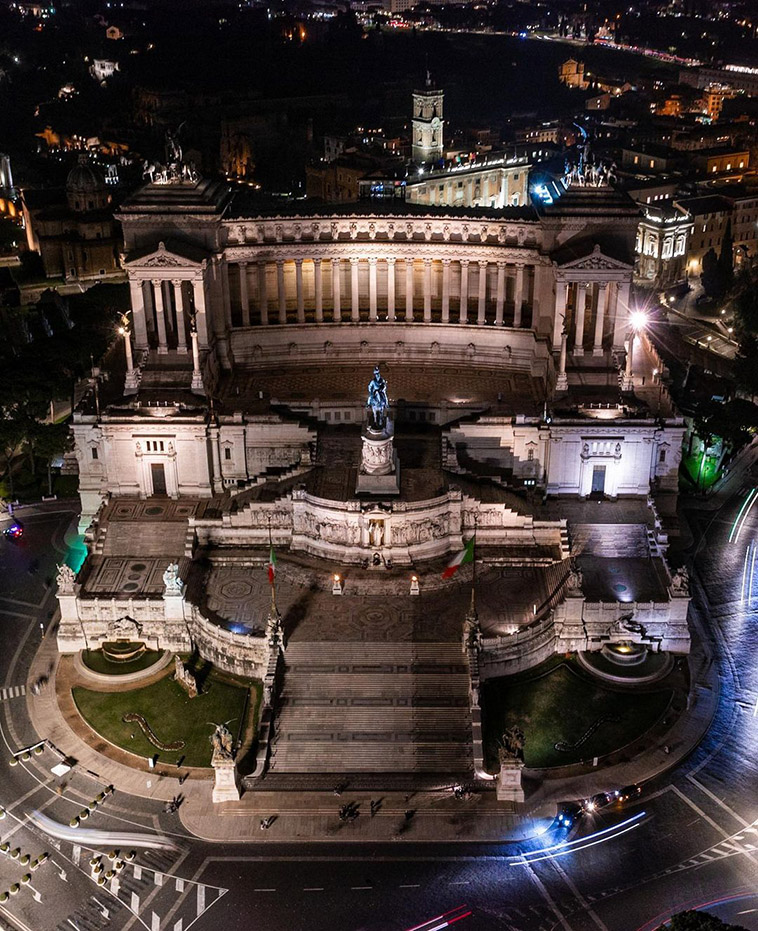
A pivotal moment in this movement came when General Giuseppe Garibaldi, a key figure in the unification process, defeated the Kingdom of the Two Sicilies. This victory led to the proclamation of Victor Emmanuel II as the King of Italy. Emmanuel II, alongside Garibaldi, played a crucial role in the subsequent unification of the Italian states and the consolidation of territories previously under Austrian control. This period of consolidation and victory was instrumental in shaping modern Italy.
The Construction of the Vittoriano
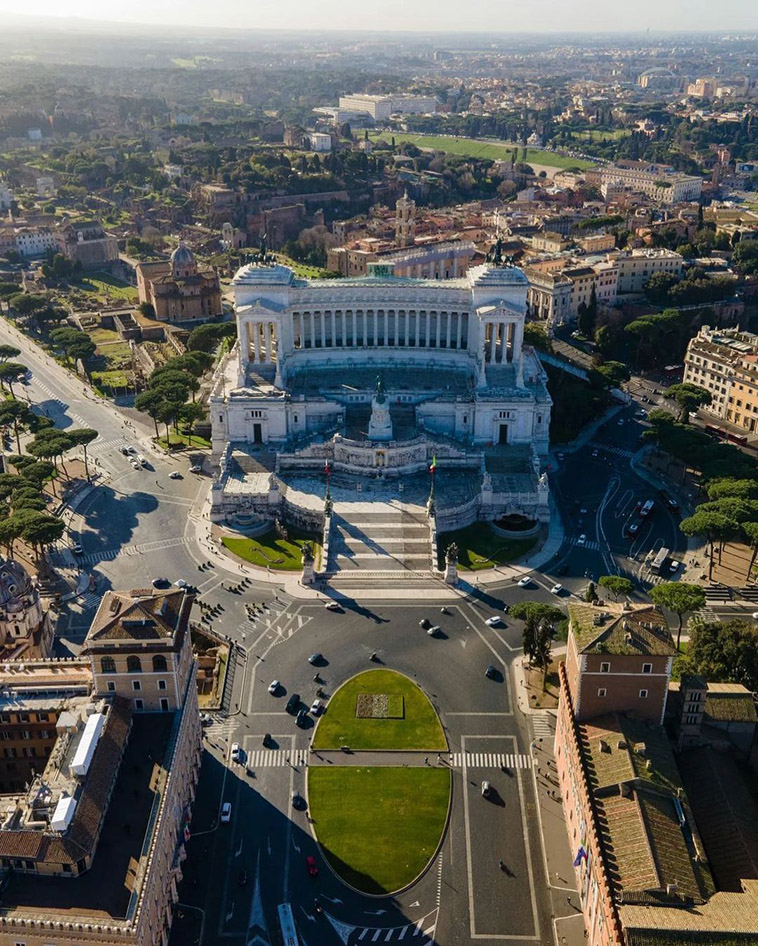
Construction of the Vittoriano commenced in 1885, but the process proved to be both lengthy and costly. Originally, the project was estimated to cost 9 million, but the need for higher quality stone drove the final cost to 27 million. The construction stretched over fifty years, culminating in 1935. Despite the substantial financial and temporal investment, the finished monument surpassed expectations.
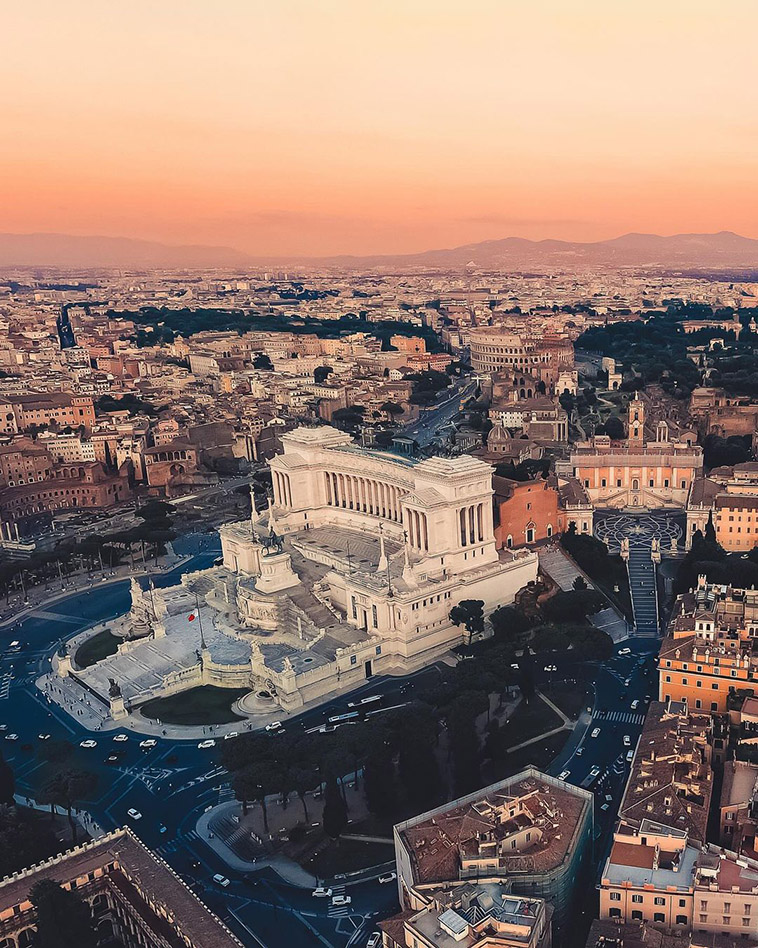
The Vittoriano’s most striking feature is the grand equestrian statue of Victor Emmanuel II, standing at an impressive 12 meters. This statue is one of the tallest of its kind in Europe and serves as the focal point of the monument. Additionally, the Vittoriano is adorned with numerous statues depicting both historical and mythical figures, reflecting Italy’s rich cultural heritage.
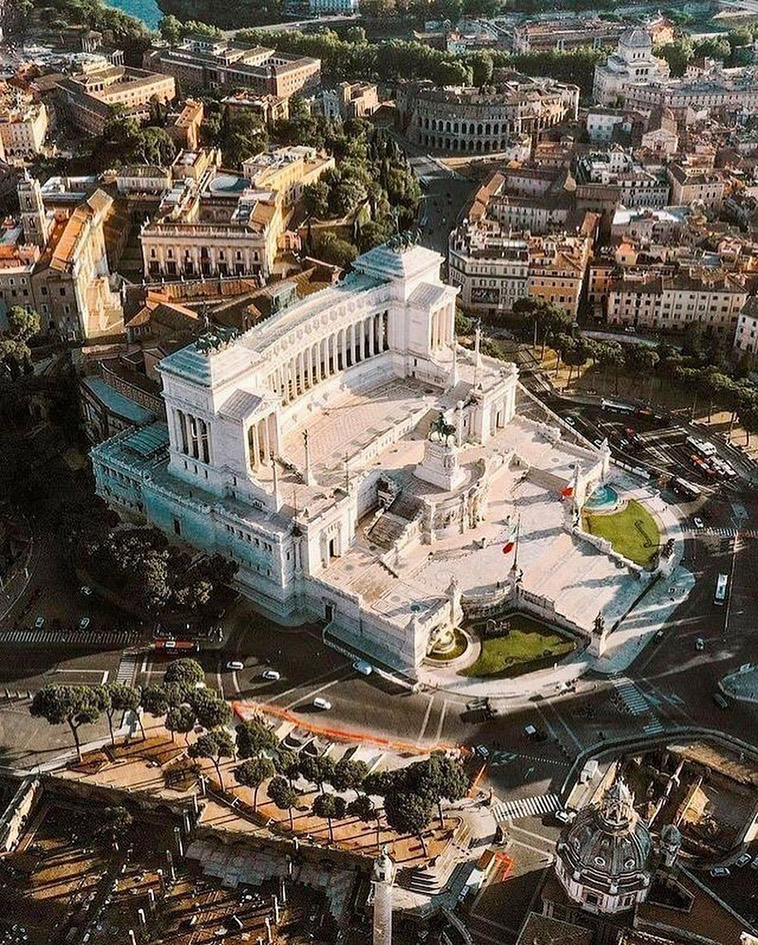
The Vittoriano Today
Today, the Vittoriano attracts nearly 500,000 visitors annually, serving as a prominent symbol of Italian unity and history. Its location near the Forum and Capitoline Hill, places it in close proximity to where Rome’s legendary unification under Romulus took place.
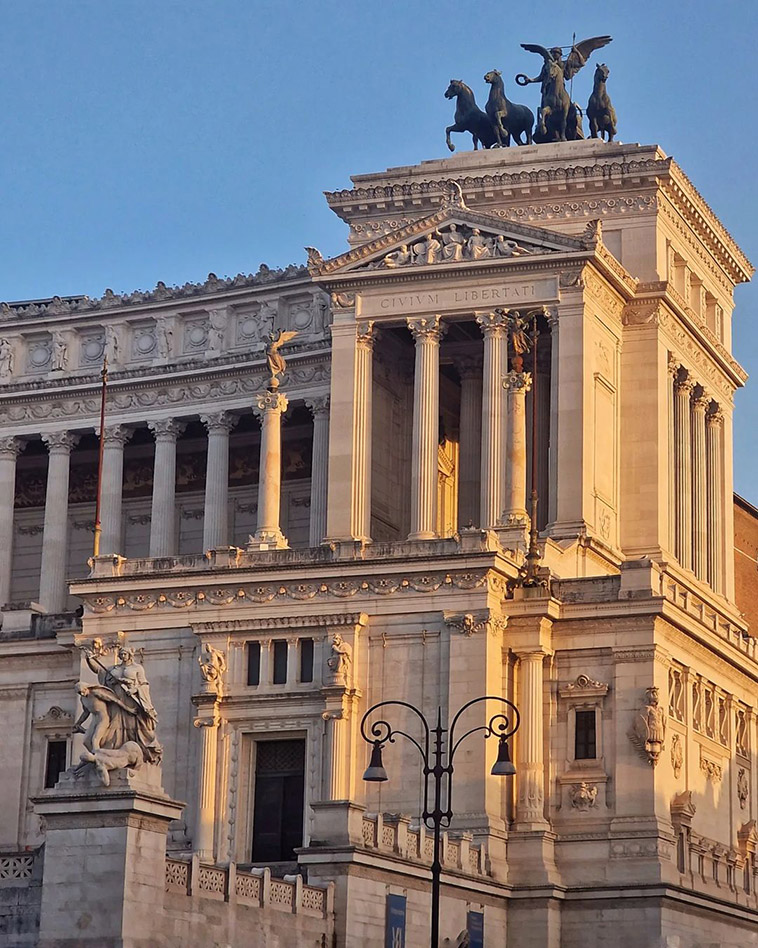
The monument not only celebrates the achievements of Victor Emmanuel II and the unification of Italy but also stands as a testament to the enduring legacy of these historic events.
Conclusion
The Vittoriano is more than just a monument; it is a reflection of Italy’s journey from a collection of disparate states to a unified nation. Through its grandeur and historical significance, the Vittoriano honors Victor Emmanuel II and the pivotal figures of the Italian unification movement. As a modern architectural masterpiece, it connects Italy’s rich past with its present, continuing to inspire awe and admiration among visitors from around the world.
Video
News
The Hanging Temple: China’s 1,500-Year-Old Cliffside Marvel of Faith and Engineering
The Hanging Temple: China’s 1,500-Year-Old Cliffside Marvel of Faith and Engineering Perched precariously on the cliffs of Mount Heng in Shanxi Province, China, the Hanging Temple, also known as Xuankong Temple, Hengshan Hanging Temple, or Hanging Monastery, is an architectural…
The Willendorf Venus: A 30,000-Year-Old Masterpiece Reveals Astonishing Secrets
The Willendorf Venus: A 30,000-Year-Old Masterpiece Reveals Astonishing Secrets The “Willendorf Venus” stands as one of the most revered archaeological treasures from the Upper Paleolithic era. Discovered in 1908 by scientist Johann Veran near Willendorf, Austria, this small yet profound…
Unveiling the Maya: Hallucinogens and Rituals Beneath the Yucatán Ball Courts
Unveiling the Maya: Hallucinogens and Rituals Beneath the Yucatán Ball Courts New archaeological research has uncovered intriguing insights into the ritual practices of the ancient Maya civilization. The focus of this study is a ceremonial offering found beneath the sediment…
Uncovering the Oldest Agricultural Machine: The Threshing Sledge’s Neolithic Origins
Uncovering the Oldest Agricultural Machine: The Threshing Sledge’s Neolithic Origins The history of agricultural innovation is a fascinating journey that spans thousands of years, and one of the earliest known agricultural machines is the threshing sledge. Recently, a groundbreaking study…
Nara’s Ancient Sword: A 1,600-Year-Old Protector Against Evil Spirits
Nara’s Ancient Sword: A 1,600-Year-Old Protector Against Evil Spirits In a remarkable discovery that has captured the attention of archaeologists and historians alike, a 7.5-foot-long iron sword was unearthed from a 1,600-year-old burial mound in Nara, Japan. This oversized weapon,…
The Inflatable Plane, Dropped Behind the Lines for Downed Pilots
Experimental The Inflatable Plane, Dropped Behind the Lines for Downed Pilots The Inflatoplane from Goodyear was an unconventional aircraft developed by the Goodyear Aircraft Company, a branch of the renowned Goodyear Tire and Rubber Company, also famed for the Goodyear…
End of content
No more pages to load











